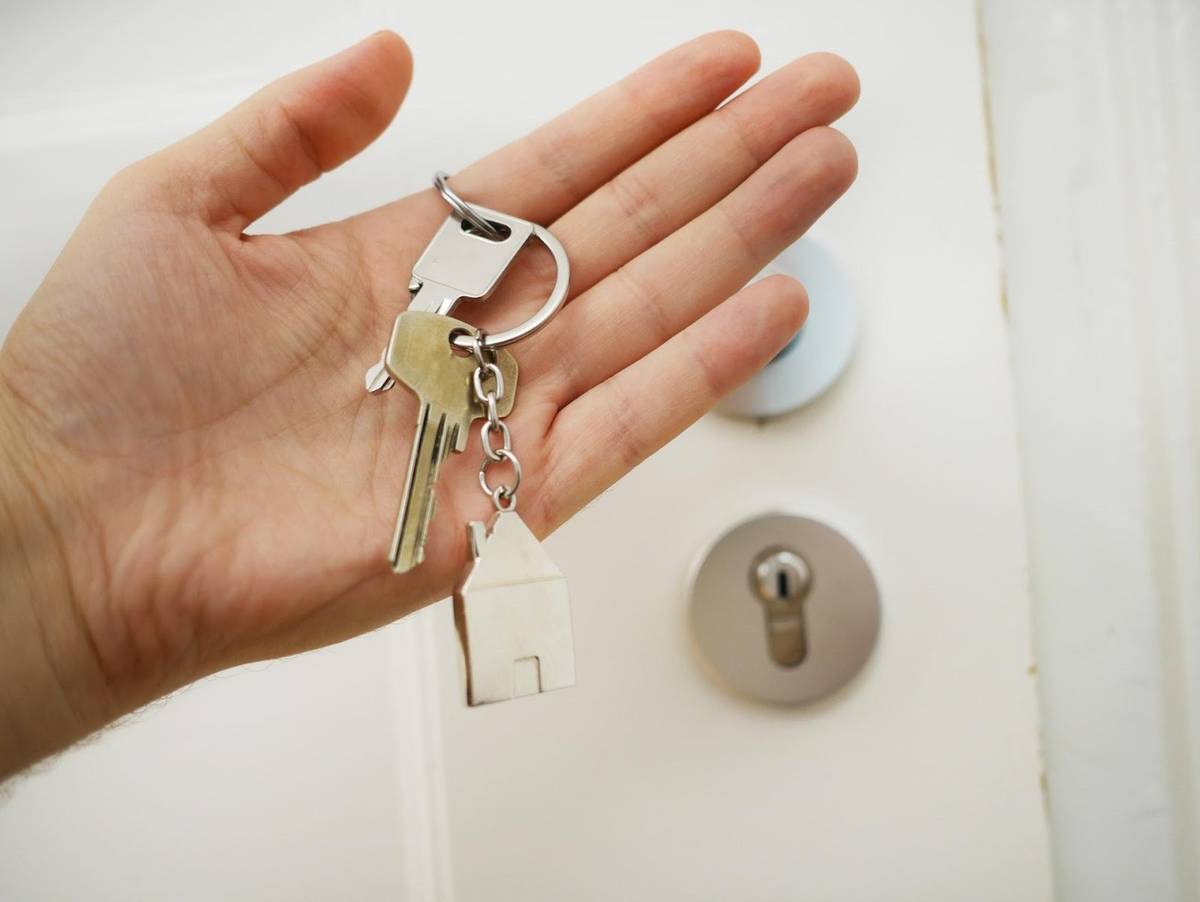Your front door isn’t just an entrance – it’s your first line of defense. Most break-ins happen through doors, not windows like you’d think. That’s because standard door locks are basically held together with hope and short screws. When you’re looking for ways to secure a door from inside, you don’t need expensive security systems or professional installation. These 8 methods will turn your flimsy door into Fort Knox without breaking the bank.
I learned this the hard way after my buddy’s apartment got hit while he was at work. The thief literally kicked the door open in broad daylight. Three-quarter inch screws versus a size 11 boot? The boot wins every time.
1. Upgrade Your Strike Plate Screws
Replace Short Screws with 3-Inch Monsters Your door’s strike plate (where the deadbolt meets the frame) is only as strong as the screws holding it. Most doors come with pathetic ¾-inch screws that barely grab the door frame.
Swap those out for 3-inch screws that bite deep into the wall studs. This simple $5 upgrade transforms your door from kickable to unbreakable. The longer screws distribute force across the entire frame instead of just the thin trim.
Add More Screw Points Double the screws, double the strength. Add 2-3 more screws to your existing strike plate for extra holding power. Space them evenly for maximum impact distribution.
2. Install a Reinforced Strike Plate
Go for Steel, Not Brass Standard brass strike plates bend like butter under pressure. A heavy-duty steel strike plate with a 4-inch spread distributes impact force along the entire door frame.
Choose Extended Length Plates Longer strike plates (6-8 inches) spread the load even further. They use more screws and grab more of your door frame’s structure. Think of it as upgrading from a motorcycle helmet to a full suit of armor.
3. Add Door Barricades or Security Bars
Floor-Mounted Security Bars These adjustable steel bars wedge between your door and floor, creating an immovable barrier. Perfect for apartments where you can’t modify the door permanently.
Sliding Patio Door Bars Repurpose these for interior doors. They’re cheap, effective, and completely removable when you don’t need them.
4. Heavy-Duty Door Chains (The Right Way)
Skip the Flimsy Hardware Store Chains Standard door chains snap easier than candy necklaces. Invest in a heavy-duty security chain rated for at least 200 pounds of force.
Proper Installation Matters Use the longest screws possible and hit the door frame studs, not just the trim. A chain is only as strong as what it’s attached to.
5. Strategic Door Stopper Placement
Wedge-Style Door Stoppers Position a rubber door stopper behind an inward-opening door. Apply enough pressure to keep the door from budging, even if someone turns the handle from outside.
Security Door Stops These specialized models have adjustable heights and grip the floor better than regular door stoppers. They’re designed specifically for security, not just preventing door dings.
6. The Classic Chair Trick (Upgraded)
Choose Your Chair Wisely A sturdy wooden chair works better than plastic. Tilt it so the top rail fits snugly under the door handle, with the legs firmly planted on the floor.
Add Grip Pads Stick rubber pads under the chair legs to prevent sliding. This simple addition makes the chair method surprisingly effective against forced entry attempts.
7. Door Security Devices and Jammers
Adjustable Door Jammers These spring-loaded devices wedge between the door handle and floor, creating tremendous resistance against opening attempts. They’re portable and work on any inward-opening door.
Door Armor Reinforcement Kits Complete systems that reinforce both the strike plate and hinge areas. These professional-grade kits turn residential doors into commercial-strength barriers.
8. Rope and Strap Solutions
Lever Handle Restrictions Tie a strong rope from your door handle to a heavy, immovable object like a refrigerator or built-in fixture. Use climbing rope or paracord for maximum strength.
Double-Rope System For handles that move both up and down, use two ropes to completely restrict movement in both directions. This method works great for temporary security when locks fail.
Security Tips That Actually Work
Layer Your Defense: Combine 2-3 methods for maximum protection. A reinforced strike plate plus a door barricade creates multiple failure points for intruders.
Test Your Setup: After installation, try opening your door from outside (with a key) to ensure your security measures actually work without locking yourself out.
Consider Your Door Type: Inward-opening doors work with most methods. Outward-opening doors need different approaches like rope restrictions or security chains.
Emergency Access: Always have a backup plan for getting out quickly in emergencies. Security shouldn’t trap you inside during a fire or medical emergency.
Your door’s security depends on its weakest link. Most residential doors fail at the strike plate because builders use the cheapest hardware possible. These 8 methods address the real vulnerabilities that thieves exploit every day.
The best part? You can implement most of these solutions in under an hour with basic tools. Your safety shouldn’t wait for a professional installer or a hefty security system budget.
What’s your go-to method for door security? Have you tried any of these techniques, or do you have other tricks that work?
Read more: All you Need to Know about Overhead Garage Door Problems




